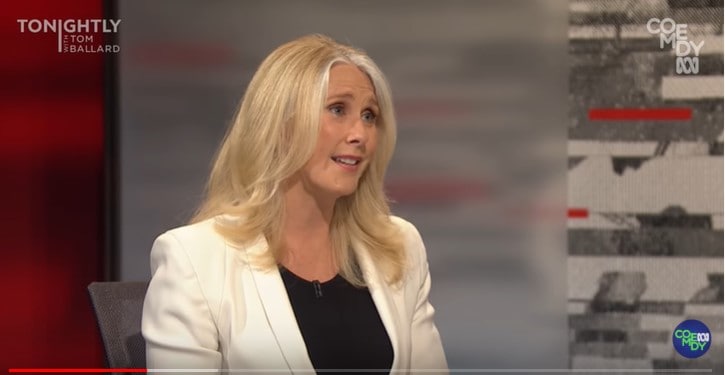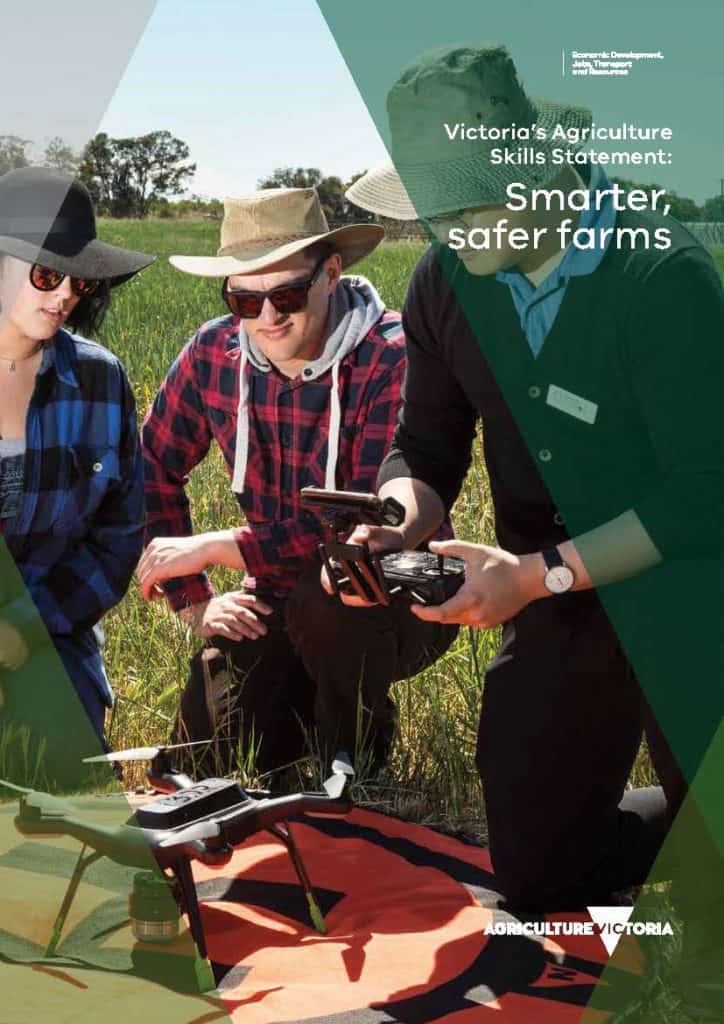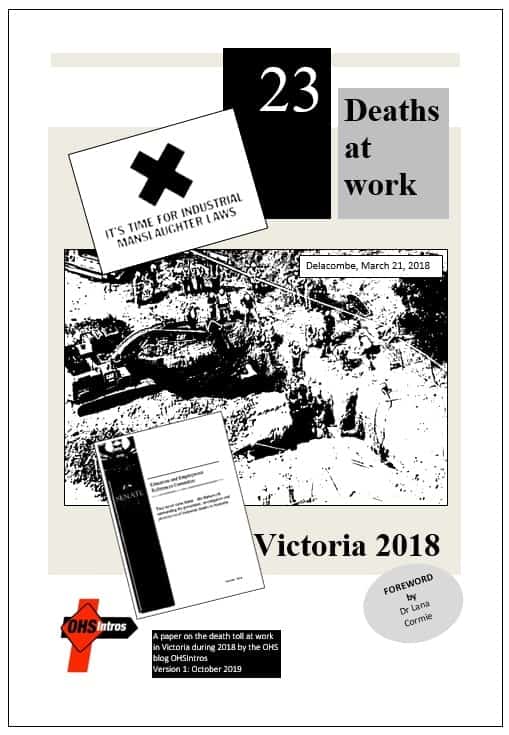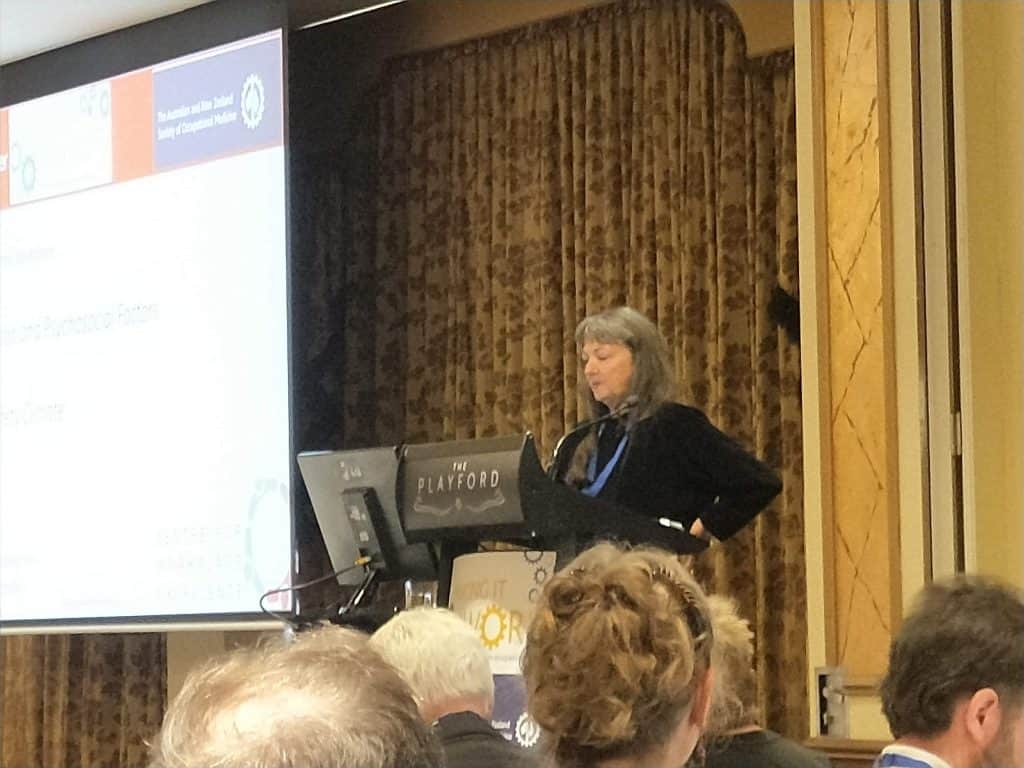
Deutsche Welle‘s regular program “World in Progress” reported on Work in its December 18 2019 edition. It includes discussions of exploitation and trafficking of Nigerian women and South Korean workers being pressured to reluctantly attend work functions. Of particular relevance to the theme of this blog is the last report in the program when workplace psychological health is discussed.






